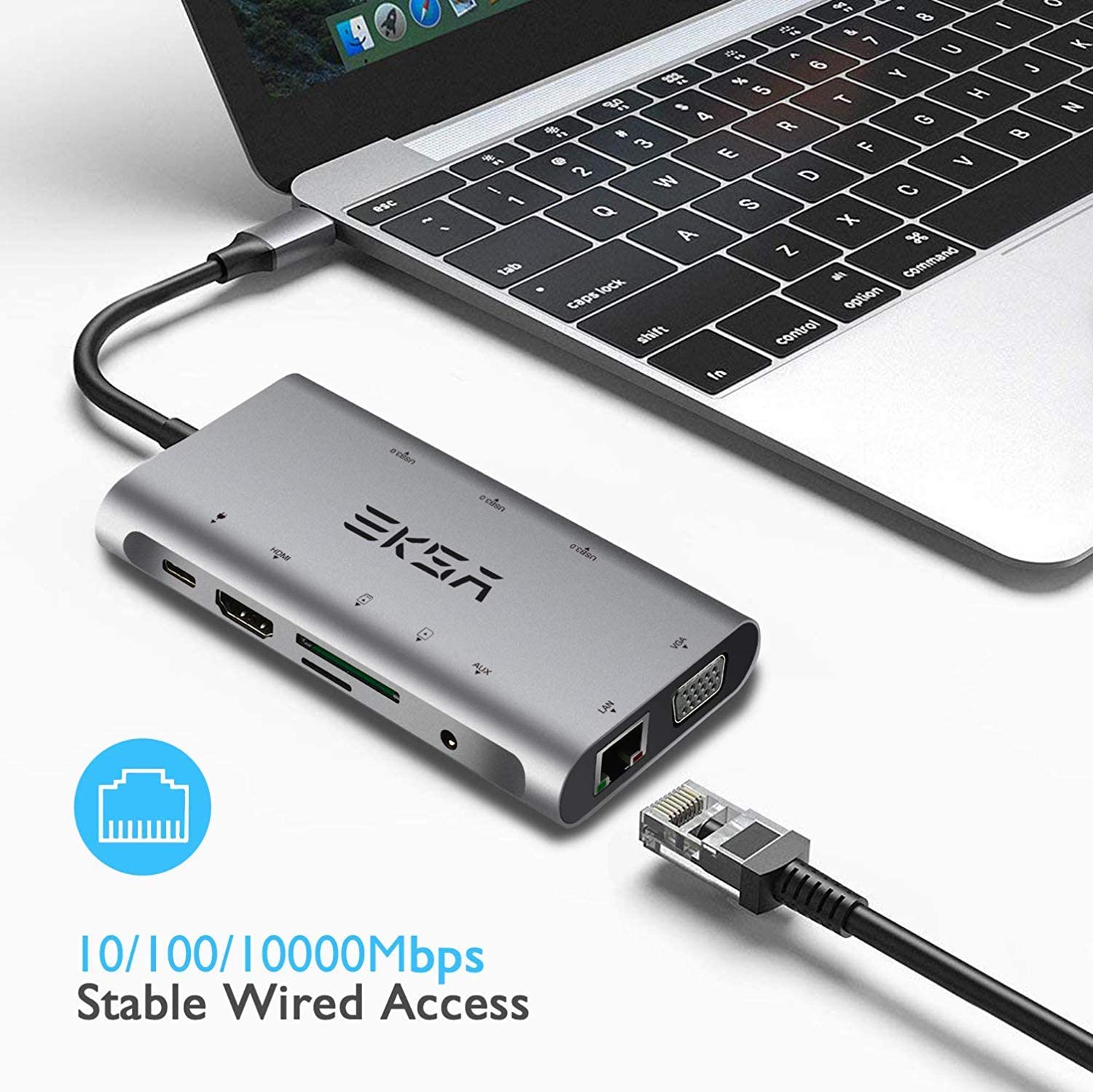


- Bust usb hub for audio mac software#
- Bust usb hub for audio mac Pc#
- Bust usb hub for audio mac Bluetooth#
(Frequent travelers might also consider a completely cordless Bluetooth option like the Jawbone Jambox.)
Bust usb hub for audio mac Pc#
All of them will work with all of your desktop and web music apps, making them sound better.Īltec Lansing Orbit Stereo USB PC speakers have a nice, tubular design, and any USB-powered speakers make for easier travel, because you don't need to carry a power cord with you-they get all the juice they need from your computer. Plenty of options exist for USB Audio devices online and at your local tech store. Here's how you switch your output to a USB audio device in Windows:Īnd here's how you do it on a Mac (I'm not on a Mac today, so this screenshot comes courtesy of Chris Bowler): It will be able to play music from any desktop or web app: MOG, Spotify, Rdio, Hype Machine Radio, Turntable.fm-you name it. You can buy any USB Audio-compatible module, amplifier, speaker, headphone, or microphone (examples below), and simply plug it into your computer and you're pretty much good to go. The trick is mainly just knowing that USB Audio works with everything. This is probably the simplest tutorial I have ever written in terms of the steps you'll need to take. (Using the regular output, you can actually hear a buzz from some computers with sensitive headphones-especially with a laptop.) In addition, USB Audio devices can offer surround sound (5.1- or 7.1-channel sound), even if your computer lacks that option. The answer is simple: mainly, because USB Audio devices tend to sound better than your computer's regular output, because they process the audio (turning it from digital to analog) farther away from your computer's other electronics, which tend to add audio interference. So why would you want to use USB Audio instead of your computer's regular input? Now, to the main topic at hand: your computer's USB audio port, which can connect to external audio devices that play music from any Web site, file, music service, or app. Luckily for us, it doesn't care whether your output is analog (the regular kind) or digital (USB). Happily for music fans, that vision was never realized, meaning that USB Audio devices-a standard compatible with Mac, Windows, and Linux-can play music from any source normally handled by your regular analog output-the one most people connect to headphones or speakers.Ĭonnected devices have largely obviated the need for onerous DRM technologies in the first place by letting listeners prove they have the right to listen to a piece of music simply by signing in to an app or Web site.
Bust usb hub for audio mac software#
One solution that was bandied around back then: to create a Secure Audio Path (SAP) all the way from the playback software to our speakers, protecting then whole chain with digital rights management (DRM). The person who recorded the song can then share it via P2P with millions of music fans who would never bother connecting an analog recording device to a computer's output and hijacking the audio that way. The analog hole can allow someone to record otherwise "protected" audio on its way to speakers. The fear driving this shift, which did not happen: the so-called "analog hole." Once upon a time, there was this scary idea that computer manufacturers would lock down our machines with a purely-digital, "protected," end-to-end music delivery system.


 0 kommentar(er)
0 kommentar(er)
